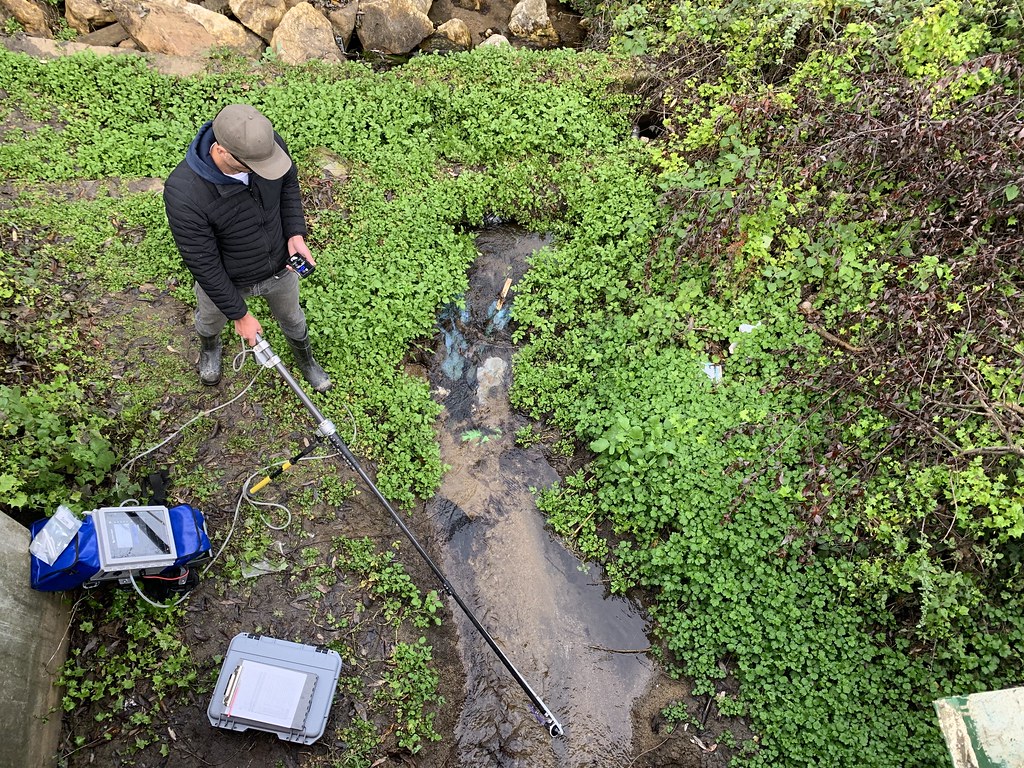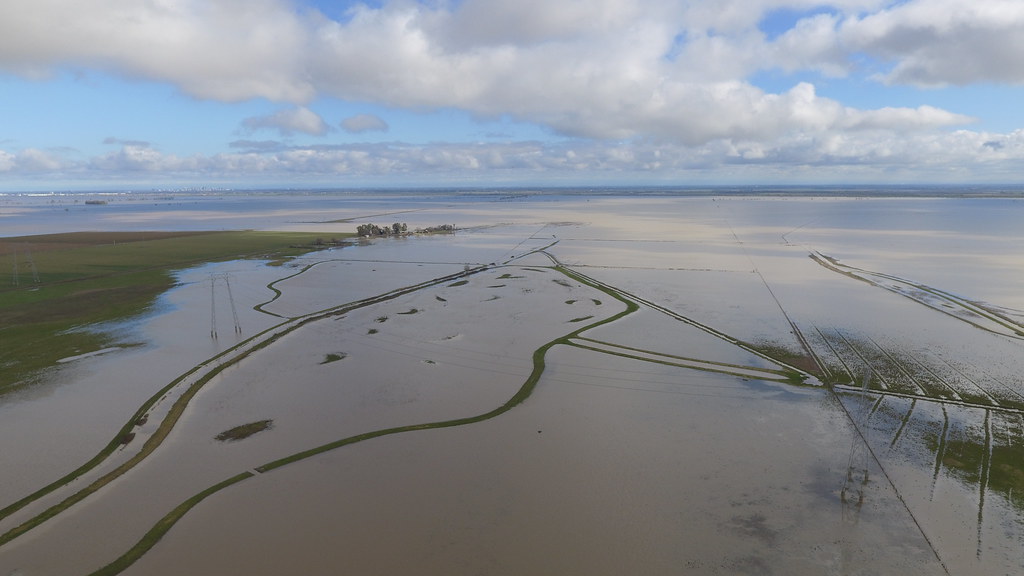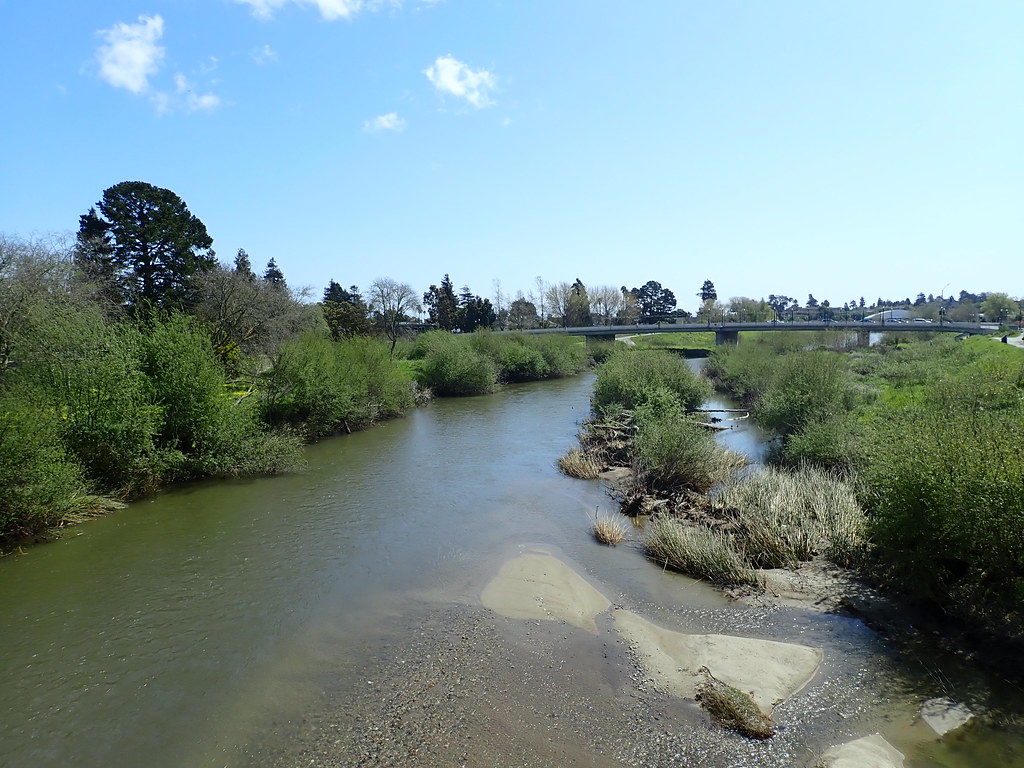Long Range Fish Report
From Sportfishing
From Sportfishing
Fish Report for 5-4-2020

Photo Credit: Courtesy of FishBIo
Scanning for Lifeforms: The Aquatic eDNAtlas Project
5-4-2020
FISHBIO
Hidden beneath the water’s surface in murky swamps, deep lakes, and rushing rivers, aquatic organisms are frequently entirely invisible to passersby, and are often undetectable even to the scientists seeking them out. However, technological advances are making it easier for researchers to find rare and cryptic freshwater fish, amphibians, invertebrates, and mammals. All animals leave traces of genetic material in their environment, and for those organisms living in water, this means their DNA is constantly being shed into the rivers or lakes where they reside. Like something out of Star Trek, scientists can essentially scan for lifeforms by filtering this environmental DNA (eDNA) out of the water and utilizing molecular techniques to either detect a certain species or to assess the composition of the entire aquatic community. As the tools for collecting samples have improved and molecular technologies have become more affordable, eDNA is being used with increasing frequency to learn about fish populations and to track down endangered species. More projects means more eDNA data, which can provide valuable insight into species distributions and guide the design of subsequent studies. But for this to be possible, a centralized repository is needed where scientists can store and share their eDNA data. With this goal in mind, the Aquatic eDNAtlas Project was created (Young et al 2019). This open-access, crowd-sourced database is a powerful tool for those studying aquatic species, and an excellent resource for those interested in developing eDNA studies of their own.
The eDNAtlas provides a wealth of information on where aquatic species occur based on where their DNA has been detected in the environment. The database is currently powered by 15,000 samples collected over the last several years by multiple natural resource agencies and non-governmental organizations working in partnership with the National Genomics Center for Wildlife and Fish Conservation (NGC), a collaborative scientific operation located in the U.S. Forest Service’s Rocky Mountain Research Station. Thanks to funding from the National Fish and Wildlife Foundation’s Bring Back the Natives Program, the NGC was able to develop the database and associated interactive maps that precisely pinpoint where aquatic species occur. With more organizations undertaking eDNA projects, thousands of new locations are being sampled each year. By providing a comprehensive and open database, the eDNAtlas seeks to help reduce redundancy in sampling and increase efficiency by allowing data to be shared.
Although much of the data to-date has come from natural resource agencies, anyone from land managers to citizen science groups can contribute to and benefit from the eDNAtlas. As a live database, the intention is for it to continually grow and evolve as more contributions are added. To encourage involvement, the Atlas has knowledgeable staff availableto answer questions and provide tips on developing new eDNA sampling projects. The website also has information on the science behind eDNA sampling, answers to a plethora of frequently asked questions, descriptions of field protocols, and a pre-established sampling grid to help design studies. To ensure fair and reliable data, new contributions are only posted after permission has been obtained from the contributor and a stringent quality assurance procedure has been carried out. Once the data are added to the website, anyone can download them, and dynamic online mapping tools allow users to explore available data from both the western and eastern United States.
A particularly exciting aspect of this collaborative effort is that the database is linked to archived physical samples of the extracted DNA. This means that years down the road, if a researcher needs to go back and assess whether a species not previously reported was present at a particular location, they will be able to reanalyze these samples. In this way, each sample can be thought of as a molecular time capsule, storing a genetic snapshot of a given location. The database has the potential to serve as a library of biodiversity information that can be drawn upon to improve scientific understanding of important aquatic species both now and into the future. As the use of eDNA continues to expand, the eDNAtlas is sure to help researchers coordinate and improve their studies.
FISHBIO is a dedicated group of research scientists, engineers, and technicians that specialize in counting, tracking, and analyzing trends in fish and wildlife populations throughout the world. An expert staff, technical capacity, and state-of-the-art equipment make FISHBIO a trailblazer in aquatic research. For more information, please visit FISHBIO.com
< Previous Report Next Report >
More Reports

4-20-2020
Many environments are becoming increasingly fragmented by human development, but addressing this issue is more complicated than simply reconnecting all...... Read More
Heart of Santa Cruz: Updates from the State of the San Lorenzo Symposium
San Lorenzo River
4-13-2020
In the shade of the redwoods, a mere stone’s throw away from Lompico Creek, interested citizens, agencies, and organizations gathered...... Read More

LongRangeSportfishing.net © 2025. All Rights Reserved.
Website Hosting and Design provided by TECK.net
Website Hosting and Design provided by TECK.net